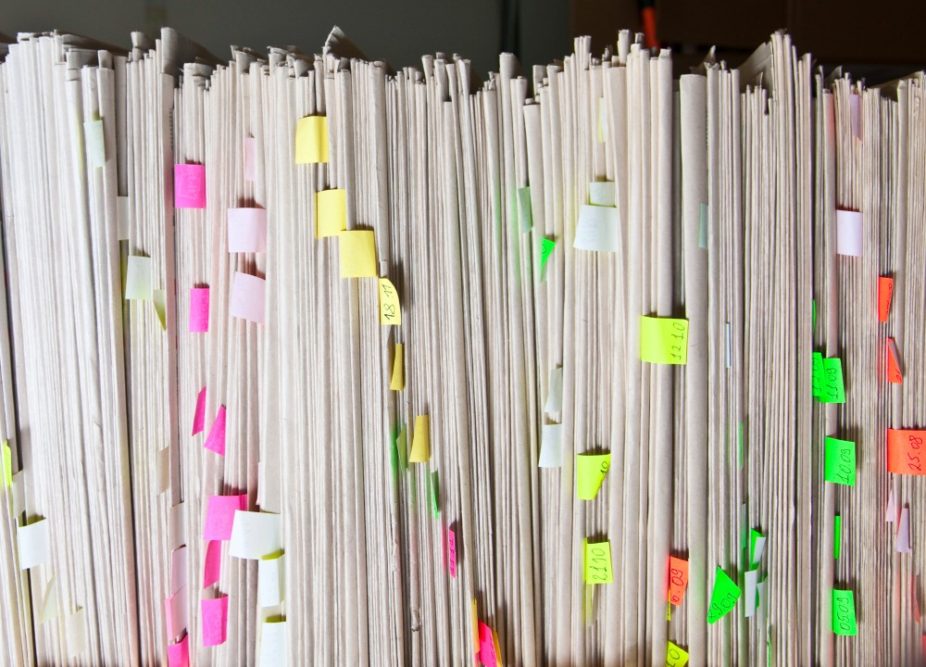
On Wednesday, April 26, the U.S. Environmental Protection Agency (EPA) will hold a public meeting concerning the proposed plans to clean up the American Creosote Works (ACW) Superfund Site, located in Pensacola, Fla. The meeting will be held at 6:00pm in the Sanders Beach-Corinne Jones Resource Center located at 913 South I Street in Pensacola, Fla.
EPA is soliciting public comments on the proposed plan for 30 days beginning April 22, 2017. A copy of the proposed cleanup plan and associated documents will be available in the Administrative Record of the Information Repository housed at the West Florida Genealogy Branch Library in Pensacola, Fla. Additional copies will be available at Sanders Beach-Corinne Jones Resource Center, 913 South I Street, Pensacola, Fla. 32502. Written comments should be submitted by May 22, to thorpe.peter@epa.gov or:
Peter Thorpe, EPA Remedial Project Manager
U.S. EPA, Region 4
Restoration and Sustainability Section
61 Forsyth Street SW
Atlanta, Ga. 30303
For further information, please contact L’Tonya Spencer, EPA Community Involvement Coordinator toll free (877) 718-3752, directly (404) 562-8463 or via email spencer.latonya@epa.gov.
The 18-acre ACW Site was a former wood-treating facility that operated from 1902 until 1981. The land use in the area includes high density residential to the south and west with commercial/industrial entities to the north and east. The former wood-treating facility used coal tar creosote and pentachlorophenol (PCP) in the treatment process. Four surface impoundments were located in the western portion of the ACW facility. The Main and Overflow ponds, located adjacent to L St., were used for disposal of process wastes. During operations, liquid process wastes were stored in the two unlined surface impoundments. Prior to 1970, waste water in these ponds presumably discharged through a spillway, flowed through the streets and storm drains into a ditch on the Pensacola Yacht Club (PYC) property into Bayou Chico and Pensacola Bay. In later years, liquid wastes were drawn off the larger lagoons and collected in the smaller Railroad Impoundment and Holding Pond or were spread out on the ground on the facility. Additional discharges occurred during periods of heavy rainfall and flooding when the ponds overflowed the containment dikes. Contaminants found in the soil, sediment, and groundwater are a result of the spills, overflows, and facility operations.
Connect with EPA Region 4 on Facebook: www.facebook.com/eparegion4



